ND filters are a great tool for photographers even though some believe they’re obsolete now. If you haven’t already, you can read about why I love ND filters and how to use them. I’m in the camp that still believes filters can’t be replaced. That’s a discussion for another time though. Today we’re going to assume you agree with me and want to use filters especially ND filters. The first question when deciding on filters is screw on or square filters? I’m going give you the facts about each system first and then discuss my experiences with each. If you don’t know what an ND filter can do for your photos or how to use them, have a quick look at this write up I did last week.
Screw on ND Filters:
Pros:
- Cheaper
- Smaller
- Less Chance of light leak when stacking filters
Cons:
- Annoying to use with darker ND filters
- Cheaper ones will vignette, especially on wider lenses
- Chance of filter getting stuck
Square ND Filters:
Pros:
- Easier to swap and quicker to get off and on
- Can fit multiple lenses with adapter rings for the holder
- Less chance of vignetting
Cons:
- Heavier
- More fragile
- More Expensive
My experiences with screw on ND filters
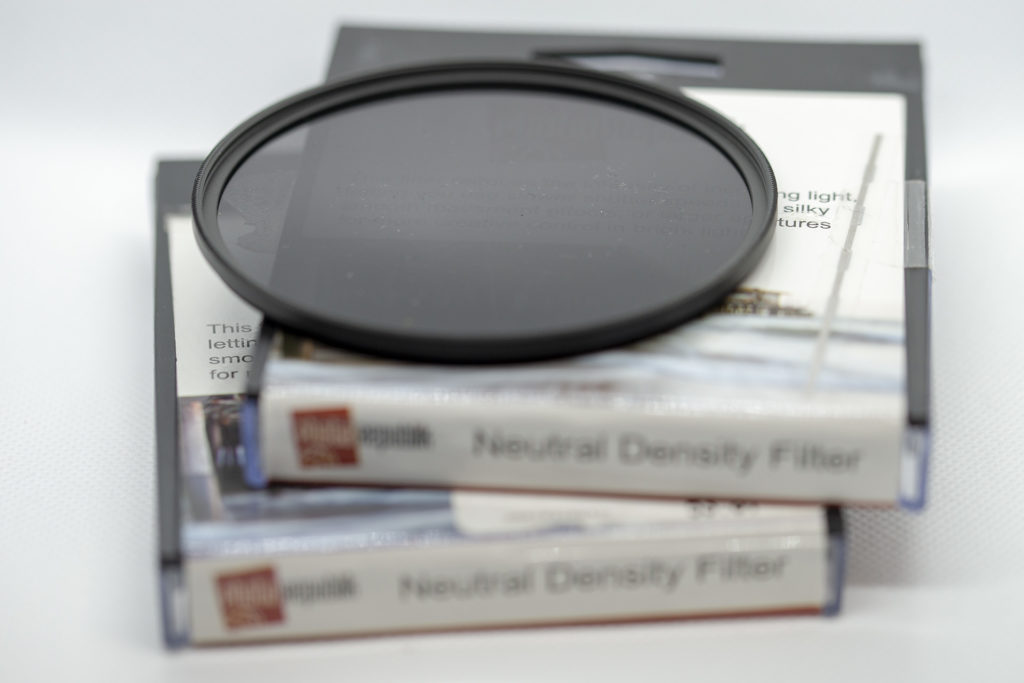
My first set of filters were the screw on variety. They work great but my mistake was I bought some for the only lens I had at the time which was a 58mm filter size. I soon got another lens with a 77mm filter size and those 58mm filters wouldn’t work with the new lens so I had to buy another filter. Then I got my main travel lens, a sigma 24-105 which uses a huge 82mm filter size and again my 77mm filters didn’t work anymore. To save yourself some money, buy a filter in a bigger size than you think you’ll need and buy step up rings which are cheaper than a new filter.
The reason I didn’t like screw on ND filters was because of my trip to Iceland. I would set up my camera on the tripod, ready to photograph a waterfall then came the annoying steps to take a photograph. Usually with a 10 stop filter your camera won’t be able to focus with the filter on already. Any time you want to take a shot you’re going to have to screw off the filter, refocus, then screw it back on. Add the mist from a waterfall and you’ll end up wiping the front element of the lens and the filter between those shots.
Another reason I hated screw on filters was when my hands were cold it was incredibly difficult to take the filter off. Cold hands lack dexterity, making it easier to drop your filter as well.
My experiences with Square ND filters
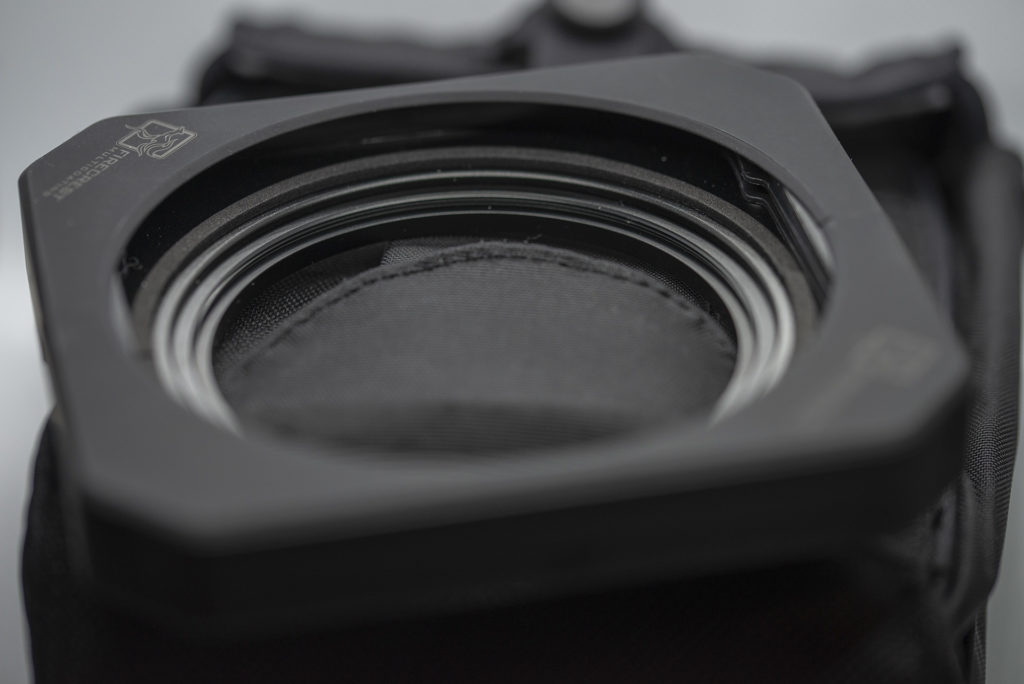
I bought a huge 100mm filter holder which comes with step up rings so the filters will fit all my lenses. This comes with trade offs though because the square filter system adds a lot more bulk. Now you have to carry around the filters but also the holder system with the step up rings. You can store everything inside a filter pouch though which makes life a little bit easier.
I’ve never been scared to drop a screw in filter but with how expensive square ND filters are, I baby them to the extreme. I’ll work a little bit slower to make sure I have a good grip on the filters. The more expensive ND filters are made of glass and guaranteed to shatter if you drop them. The cheaper ones made of resin will scratch easily if you’re not careful inserting or removing them from the filter holder. Scratched filters might degrade your final image.
You can save a bit of money by buying a no name brand filter holder. They all do the same job, holding the filter in front of your lens. Make sure you don’t pinch pennies on the filters though. Cheaper filters will give a distinct color cast to your images or make your image softer.
Hopefully that gives you guys all you need to make an informed decision on which system to invest your money in. Neither choice is a bad one, it just depends on what works better for you. Let me know what you went with in the comments below.
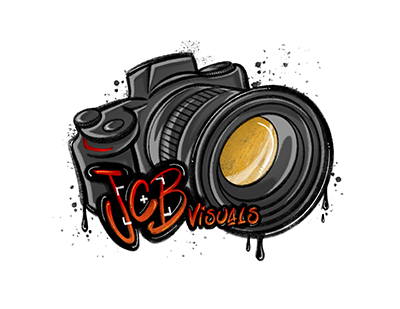
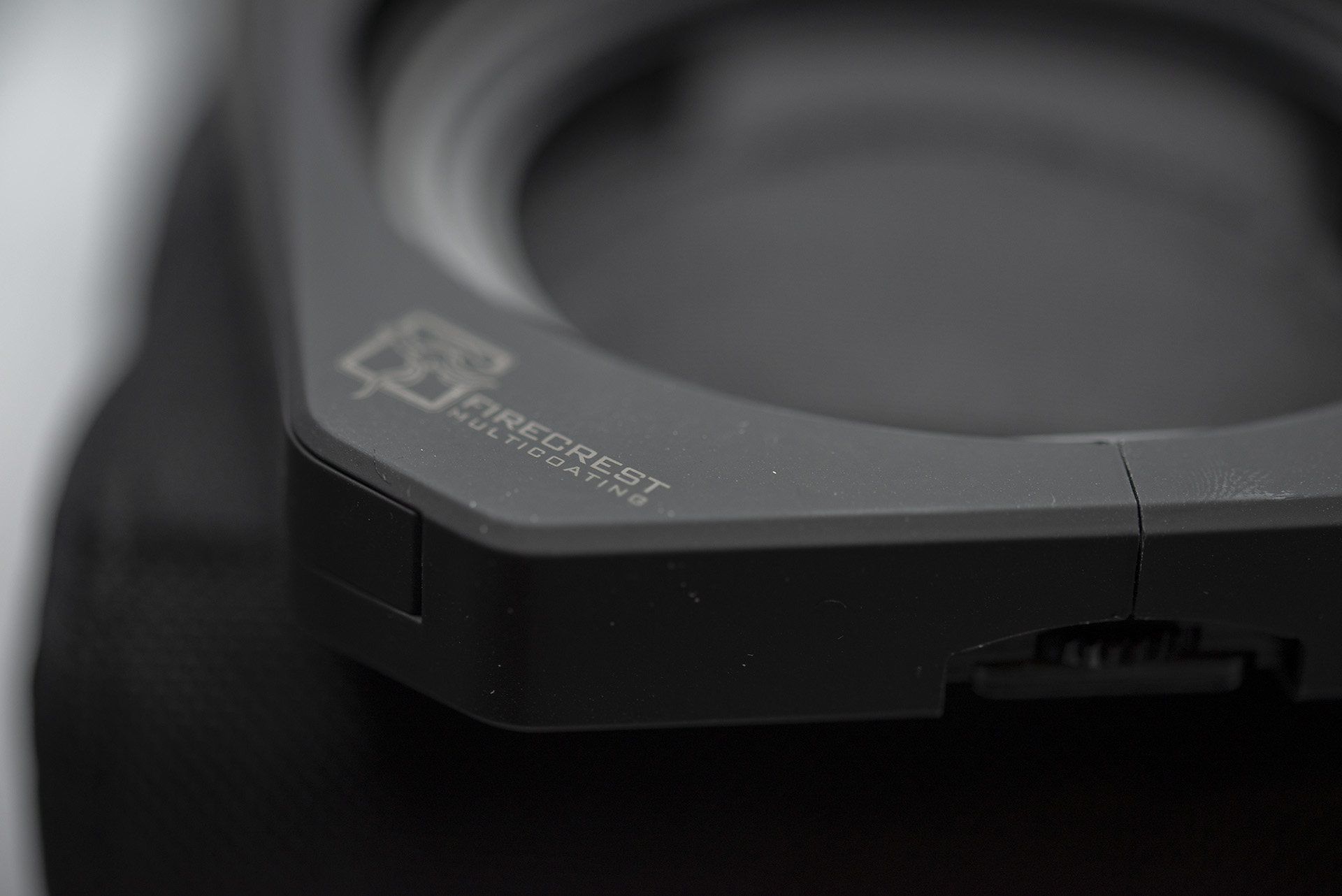
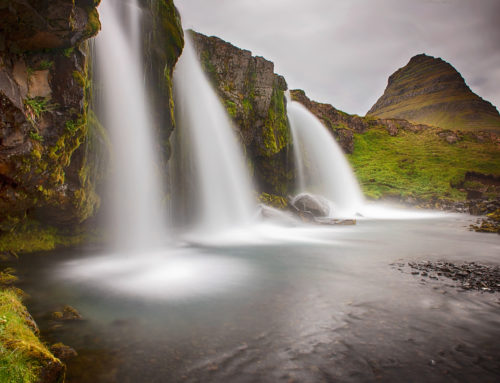
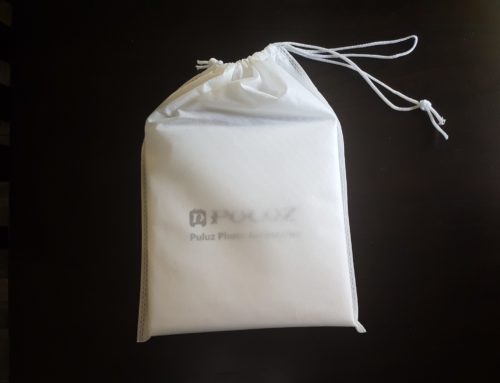
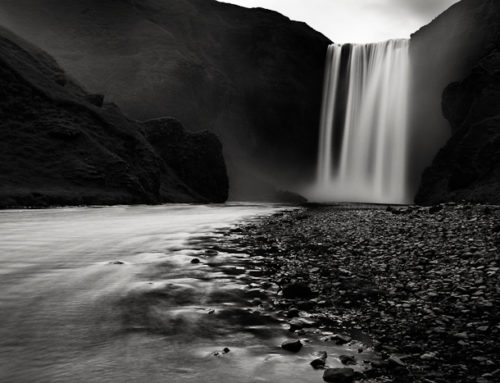
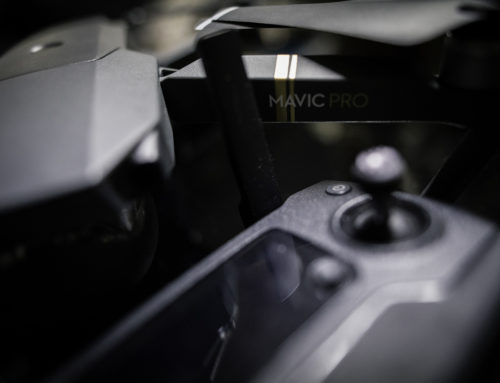

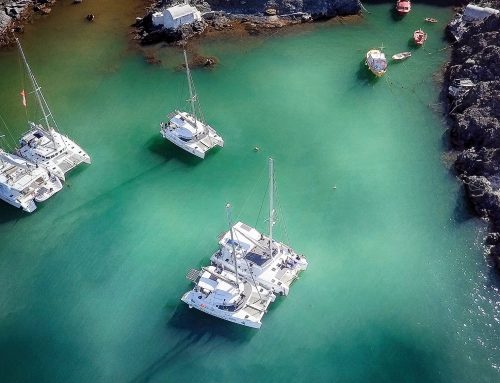

Leave A Comment